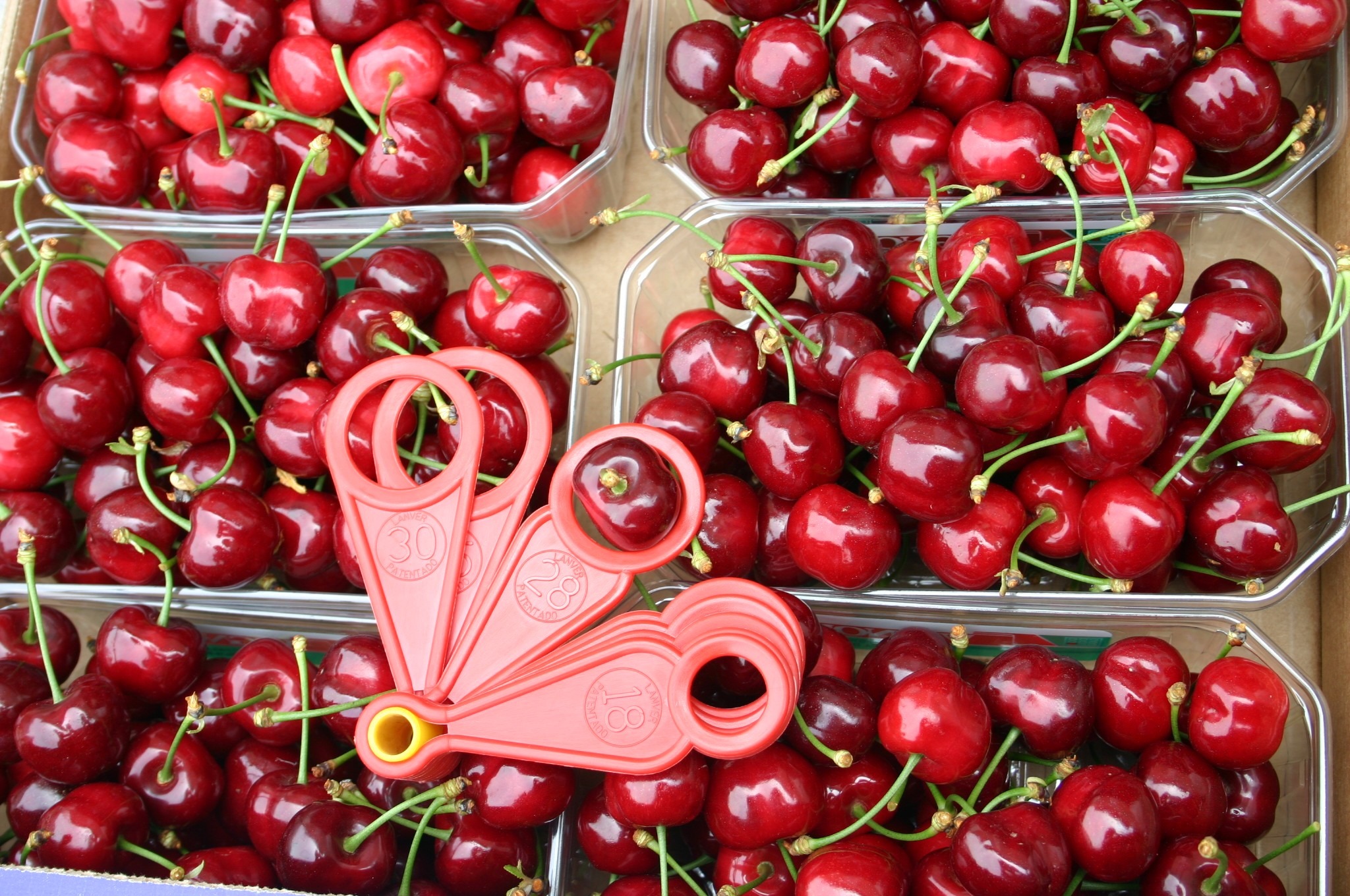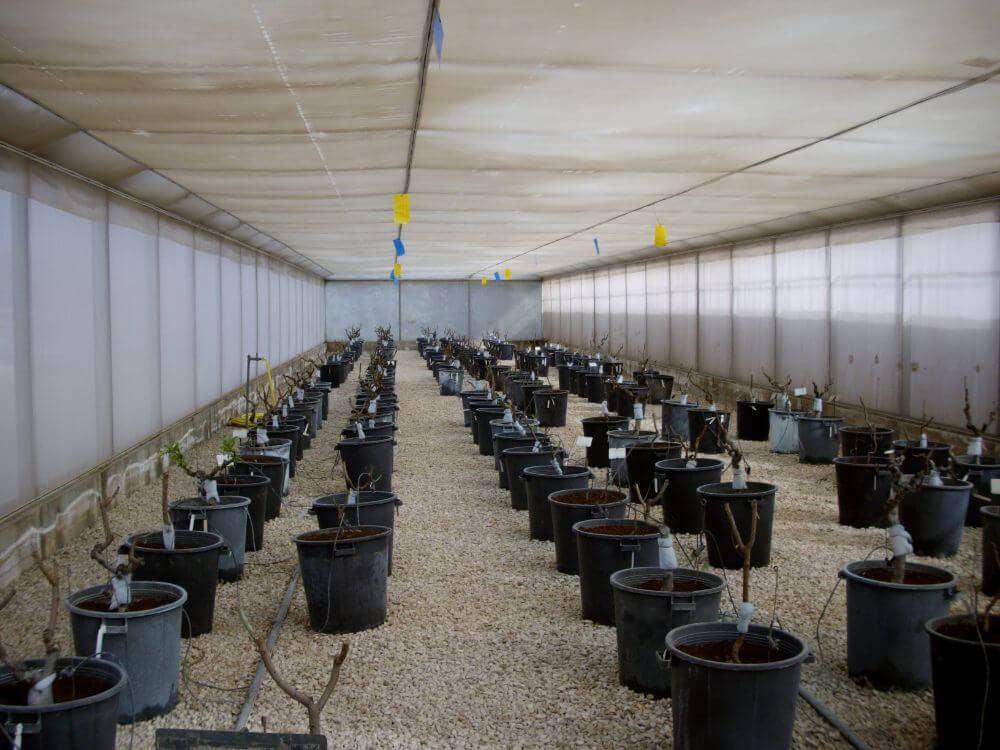In Teno, Maule Region, a pilot project is underway aimed at integrating fruit crops with photovoltaic production, optimizing water resources, and improving export quality. The initiative is led by the University of Chile’s Centro de Energía and SERC.
In the municipality of Teno, Maule Region, an agrivoltaic system has been implemented over a cherry orchard, enabling the simultaneous production of export fruit and solar energy. The project, promoted by the AgrivoltaicLab at the University of Chile’s Centro de Energía and supported by SERC Chile, seeks to transform the agricultural model in response to the effects of climate change, particularly water scarcity.
The initiative is being developed in collaboration with NobleFruit S.A., the engineering firm Cenit, the technological water consortium COTH2O, and benefits from funding by CORFO. The installation features an elevated structure of solar panels with a solar tracking system that adapts to the sun’s movement and allows agricultural machinery to pass beneath its shade.
Innovative project in Chile
“This is one of the country’s first projects to combine energy production and fruit growing in the same space. We are evaluating in the field the effects of shading on key parameters such as fruit size and color, water consumption, and crop response to extreme events,” said Rodrigo Palma, director of SERC Chile.
Shade that protects and produces
The solar panels reduce direct radiation, lowering evaporation and, consequently, irrigation needs. Part of the energy produced is used to power a 22 kW (approximately 29.5 HP) centrifugal pump that feeds the orchard’s irrigation system, while the surplus is fed into the power grid through the NetBilling model, generating additional income for the grower.
From a technical perspective, the system monitors variables such as soil moisture and temperature, photosynthesis, wind, and solar radiation. Data are compared with a control area without photovoltaic coverage, allowing the production of scientific evidence for future applications.
According to Marcia Montedonico, a researcher at the Centro de Energía, this technology is “highly replicable in agricultural areas subject to water stress or exposed to heatwaves, as it helps maintain more stable and favorable microclimatic conditions for cultivation.”
International trend
Agrivoltaics is not unique to Chile. Similar experiences in France, Japan, and California have shown that this approach allows agricultural productivity to be maintained while diversifying the energy matrix. In some cases, such as vineyards in southern France, increases in polyphenol content and greater resilience to prolonged droughts have been observed.
In this context, Chile is part of a global trend aiming to integrate sustainable solutions in agriculture, which is particularly relevant for a fruit industry facing increasing environmental requirements imposed by international markets.
Source text and image: www.diariofruticola.cl
Cherry Times - All rights reserved












